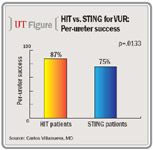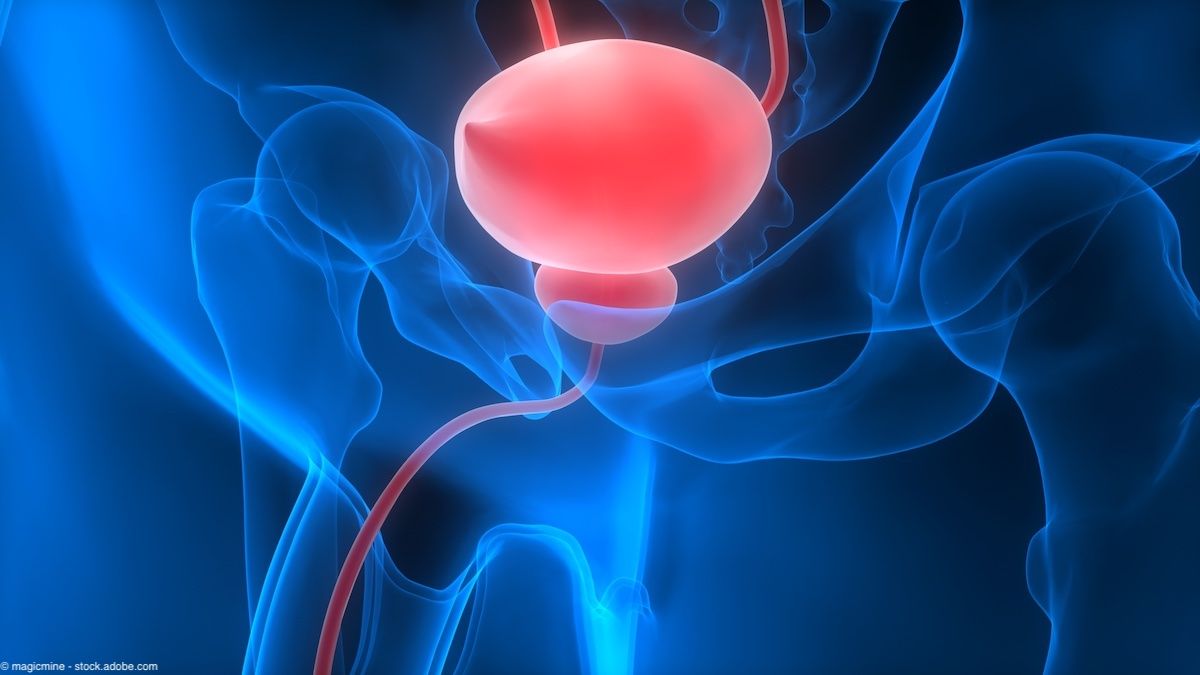Article
Study: Hydrodistention-implantation technique more effective than subureteric transurethral injection in treating vesicoureteral reflux
New data confirm earlier findings that hydrodistention-implantation technique is more effective than subureteric transurethral injection of dextranomer/hyaluronic acid for the treatment of vesicoureteral reflux in children.
San Francisco-New data confirm earlier findings that hydrodistention-implantation technique (HIT) is more effective than subureteric transurethral injection (STING) of dextranomer/hyaluronic acid (Dx/HA [Deflux]) for the treatment of vesicoureteral reflux in children.
Results of a 7-year retrospective analysis were presented at the 2010 American Academy of Pediatrics Section on Urology annual meeting in San Francisco.

The researchers reviewed charts of all Dx/HA injections at Children's Hospital and Medical Center, Omaha from 2002 to 2009 performed by a single urologist. Patients with VUR associated with secondary causes such as neurogenic bladder or duplicated systems were excluded from the analysis. Success was defined as no VUR by voiding cystogram 3 months after the injection.
The study population included 172 patients, 83 who underwent the STING procedure and 89 who had the HIT procedure. Within that population, a total of 307 ureters were treated, 151 using STING injections and 156 using HIT injections. The average VUR grade was 2.7 in both groups. The average age was similar (5.8 years in the HIT group and 5.4 years in the STING group). Both groups were predominantly girls: 88% in the HIT population and 83% in the STING population.
On a per-patient basis, HIT was successful in 83% of procedures compared to 72% for STING after a single Dx/HA injection, although the results did not show statistical significance. Within the HIT group, two patients (2.2%) failed at least one Dx/HA injection and received an open ureteral implant. In the STING group, six patients (7.2%) failed at least one injection and received an open implant.
Stronger per-ureter results with HIT
On a per-ureter basis, HIT produced significantly better results, with overall success in 87% of ureters compared to 75% success for STING (p=.0133). Results were slightly better when comparing success on the first injection: 88% success for HIT and 74% success for STING (p=.0048). There was no significant difference in success on a second injection: 79% for HIT and 81% for STING.
The volume of Dx/HA was also significantly greater for HIT: 1.6 mL compared to 0.8 mL for STING (p<.0001).
"We replicated the Atlanta experience using the HIT technique," Dr. Villanueva said. "In our population, HIT appears to be more effective in treating VUR than STING, although HIT uses twice as much Dx/HA. And while neither technique is as effective as open ureteral implantation, injecting Dx/HA using the HIT technique is effective enough to continue to be used as our first-line treatment because it is so noninvasive compared to the open alternative."














